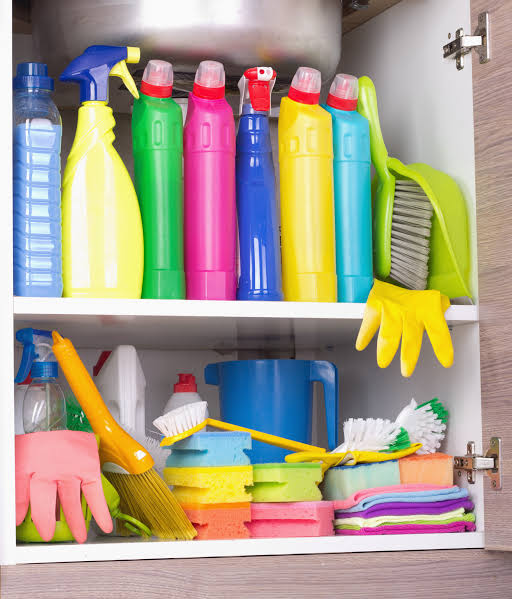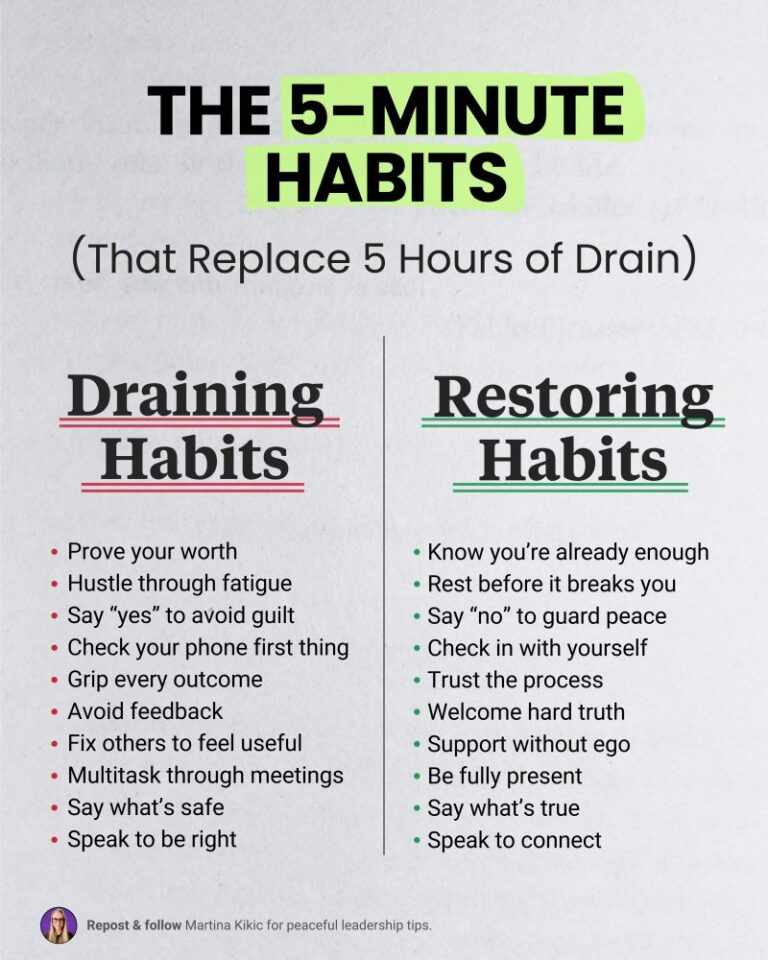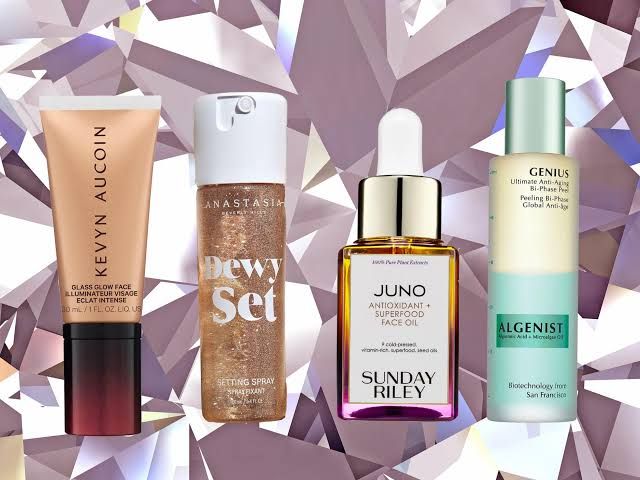
Things to consider when using cleaning materials
Tips to prevent even the most innocent cleaning materials containing risky chemicals from endangering your health and to save money on products
Things to consider when using cleaning materials
“Do not mix chemicals with each other. Always use gloves when cleaning. Be sure to turn on the ventilation when cleaning the bathroom,” said İlker Akın, who works as a manager in the industrial cleaning and hygiene sector, and made recommendations on what to pay attention to when cleaning and using products.
Here are İlker Akın’s suggestions on what to consider when cleaning and using products:
Do not mix chemicals together.
Be especially careful not to mix acidic products (limescale remover, rust remover, bathroom cleaners, toilet bowl cleaners) and alkaline products (bleach, oil removers, oven and grill cleaners, kitchen cleaners). Also, store them in separate places.
Read the labels of all cleaning products we buy for our home, including the usage and precautions section.
Be sure to use gloves when cleaning.
Using insufficient detergent in laundry causes graying and hardening, and cleaning performance is negatively affected. Therefore, be careful not to use insufficient detergent.
Do not use too much detergent while washing clothes, thinking that it will clean better. If you use too much detergent, rinsing may not be enough, and the detergent in our clothes may not be removed.
Do not underload your washing machine. If you do not operate your washing machine at full capacity, you will waste water, electricity and detergent, and your cleaning performance will be negatively affected.
Do not wash colored laundry at temperatures above 60 degrees.
Be careful not to wash colored and white laundry at the same time.
When loading restaurant laundry into the machine, it is recommended that you load it to 2/3 of its capacity for cleaning performance.
Using hydrochloric acid to clean bathrooms and toilets is a fatal mistake.
If you need to use bleach or chlorine bleach, add it 5 minutes after the machine has taken the detergent.
If you are going to use bleach in your laundry, it would be appropriate to use 3-4 ml per kilo of laundry. For example, if your machine is 10 kg, you can use 40 ml. A standard glass of water is 200 ml. You can make adjustments with this measurement.
Using bleach at high temperatures can cause wear and fading.
It is recommended that you do not wring woolen laundry.
You can use softener in laundry that requires ironing, as well as in bathroom and bed linen.
Do not use the product known as hydrochloric acid to clean bathrooms, toilets and urinals.
Waiting 2-3 minutes after spraying the toilet bowl cleaner on the surface will increase the cleaning performance.
You can save money on the product if you pour a small amount onto a cloth or sponge when cleaning glass, fixtures and shower cabins, instead of spraying the product onto the surface.
Be sure to turn on the ventilation while cleaning the bathroom.
In bathrooms and general areas, adding 8-10 ml of bleach to one litre of water will be sufficient.
Do not use acidic products on marble floors.
Foam is not a factor affecting cleaning
In polishing applications, the floor must be cleaned very well and no particles must remain on the floor.
We recommend that you test the stain remover on an inconspicuous area before using it on carpets, sofas and upholstery. This way, you will prevent the risk of discoloration.
When cleaning, start from the point farthest from the exit and work from top to bottom.
Clean wet vacuum machines very well after each cleaning to prevent bacterial growth.
Spray room fresheners so that they do not get on appliances and furniture.
Do not apply spray products used in kitchens from a distance, as particles may spread over a large area.
The usage rate of dishwashing detergent is 3-4 ml per liter of water. Therefore, you do not need to use too much. Foam is not a factor that affects cleaning.
When placing dirty items in the dishwasher, plates should be placed from largest to smallest with foreheads facing up, bowls and glasses should be placed with their mouths down, and forks and spoons should be placed mixed in their own areas.
Vegetable and fruit disinfectants should be used at 5 ml per liter of water. Vegetables and fruits should be rinsed after waiting for 10 minutes.
It would be appropriate to wet your hands first when washing them.







